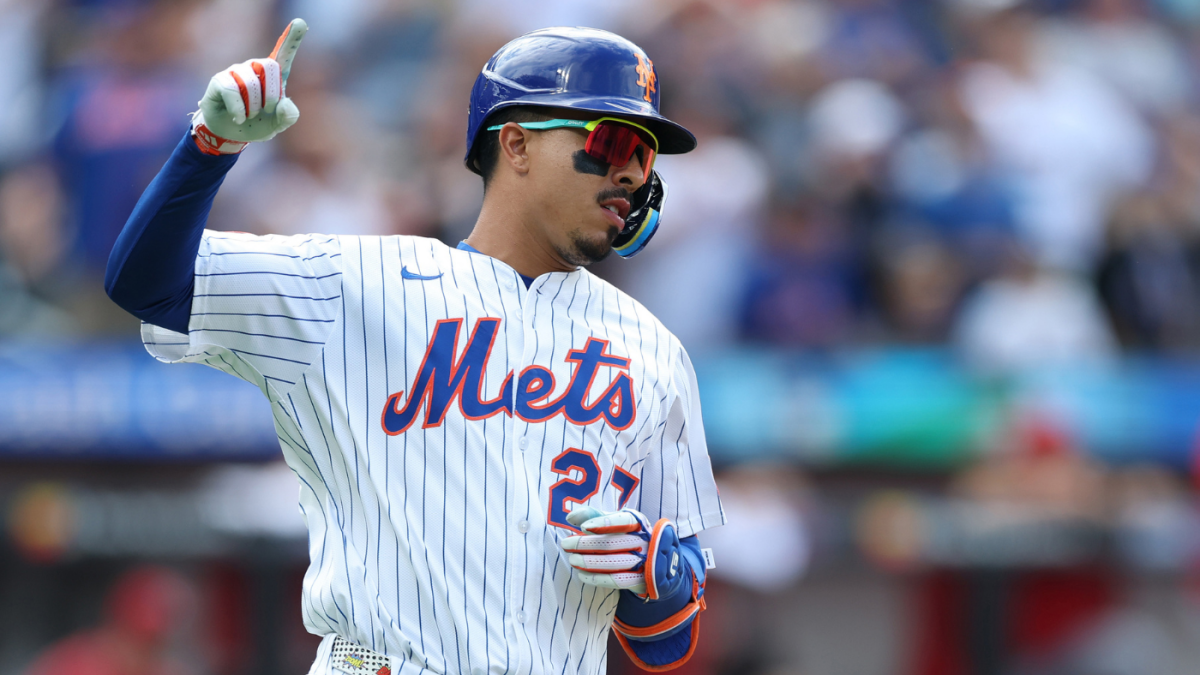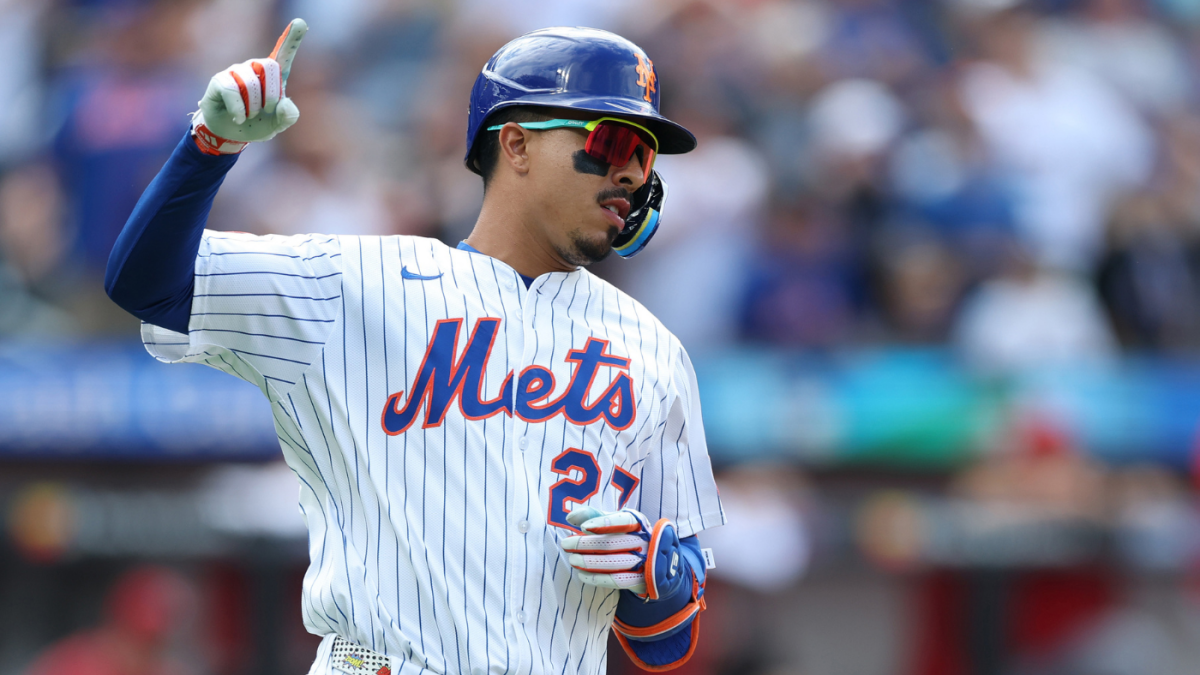The 2025 MLB Trade Deadline: A Strategic Crossroads
The MLB trade deadline has always been a pivotal moment in the baseball calendar, a time when teams must make decisive moves that can shape their seasons and even their futures. As the 2025 deadline approaches, the landscape is as dynamic as ever, with a mix of contenders, rebuilders, and teams caught in the middle. The decisions made in the coming weeks will not only impact the remainder of the 2025 season but could also set the stage for years to come.
The Three-Tiered Market: Buyers, Sellers, and the Indecisive
The trade deadline market is typically divided into three categories: buyers, sellers, and teams stuck in the middle. Each group has its own set of motivations and constraints, creating a complex web of potential transactions.
The Buyers: Contenders Seeking That Final Piece
Buyers are teams firmly in contention, willing to part with prospects and young talent to acquire proven players who can immediately contribute to their championship aspirations. In 2025, several teams fit this mold, each with specific needs they hope to address before the deadline.
The New York Mets, under immense pressure after a disappointing June, are expected to be aggressive buyers. With a strong payroll and high expectations, the Mets cannot afford to miss the playoffs. They are likely to target starting pitching, as their rotation has been inconsistent. Mitch Keller of the Pittsburgh Pirates is a name frequently mentioned in connection with the Mets, and if they can acquire him, it would significantly bolster their rotation. Additionally, the Mets may look to add a power bat to their lineup, as their offense has struggled at times.
The Los Angeles Dodgers and New York Yankees, perennial contenders, are always in the mix at the trade deadline. The Dodgers, known for their deep pockets and willingness to make bold moves, could be looking to add another high-impact player to their already formidable roster. The Yankees, meanwhile, may focus on adding depth to their bullpen or addressing specific positional needs.
The Sellers: Rebuilders Stockpiling Prospects
Sellers are teams that have fallen out of contention and are focused on building for the future. They are willing to trade away established players, especially those on expiring contracts, in exchange for promising prospects who can contribute to their long-term success.
The Arizona Diamondbacks, potentially on the wrong side of the playoff cut line, could become sellers to gain future capital. Merrill Kelly, their veteran starting pitcher, could be a valuable trade chip. The Kansas City Royals, despite some potentially surprising names on their roster, might also consider selling if they don’t see a clear path to contention. The Royals have a deep farm system, and adding more prospects could accelerate their rebuild.
The Ambiguous Middle Ground: The Teams in Limbo
This is where the real intrigue lies. These are the teams that are hovering around .500, unsure whether to commit to a buying or selling strategy. Their decisions will likely depend on their performance in the weeks leading up to the deadline.
The St. Louis Cardinals, despite struggling against left-handed pitching, are a team to watch. Their willingness to trade veteran players like Nolan Arenado (if he waives his no-trade clause) could significantly impact the market. The Cincinnati Reds will also need to decide if they want to trade prospects for rental players. Another club in this category is the Milwaukee Brewers, who could dangle Freddy Peralta, a legitimate ace, as a significant trade piece.
The Trade Chips: Key Players on the Move
Identifying potential trade chips is crucial to understanding the direction of the deadline. Several high-profile players could be on the move, depending on their teams’ strategies.
Starting Pitching: The Premium Commodity
Starting pitching is always a premium commodity at the trade deadline, and this year is no exception. Mitch Keller of the Pittsburgh Pirates is a name frequently mentioned, with the Mets reportedly being a frontrunner to acquire him. Merrill Kelly of the Arizona Diamondbacks is another potential target for teams seeking to bolster their rotations. Tyler Anderson and Kyle Hendricks are additional starting pitchers who could be on the move if their respective teams, the Angels and Cubs, falter in the coming weeks. The Brewers’ Freddy Peralta could be considered the crown jewel if he were to be put on the market.
Offensive Power: Adding Firepower to the Lineup
Teams looking to add firepower to their lineups could target players like Jarren Duran of the Boston Red Sox or Alex Bregman of the Houston Astros, depending on their availability and contract situations. The Cardinals, in particular, are reportedly seeking help against left-handed pitching, potentially targeting players like Taylor Ward, Luis Robert Jr., or Austin Hays.
Bullpen Help: Strengthening the Late-Inning Arsenal
Contending teams often seek to strengthen their bullpens at the deadline, and several closers and high-leverage relievers could be available. Emmanuel Clase of the Cleveland Guardians is a name to watch. The Royals might offer one of their catching prospects to improve their offense.
The Mets’ Dilemma: Buy, Sell, or Stand Pat?
The New York Mets are arguably the most intriguing team heading into the trade deadline. With high expectations and a significant payroll, they are under immense pressure to make a playoff push. However, a disappointing June has cast doubt on their status as a true contender.
The Buying Scenario
If the Mets believe they can still make a run, they will likely be aggressive buyers, targeting starting pitching and offensive upgrades. They have been linked to Mitch Keller and could also explore other options to bolster their rotation. Adding a bat to the lineup, particularly one that can provide consistent power, would also be a priority.
The Selling Scenario
If the Mets continue to struggle, they might consider selling off some of their veterans in exchange for prospects. This would be a difficult decision, given the expectations surrounding the team, but it could be a necessary step to rebuild for the future.
The In-Between Approach
It is possible the Mets could go for an in-between approach, trying to slightly retool without going into a rebuild or betting the farm for a playoff push. This could mean trading some prospects, maybe even Brandon Sproat, for solid players with some team control.
The Mets’ front office, led by David Stearns, faces a critical decision that will shape the team’s future for years to come.
X-Factors and Potential Surprises
The trade deadline is rarely predictable, and several X-factors could disrupt the expected scenarios.
Injuries: The Great Equalizer
A significant injury to a key player could force a team to alter its strategy drastically. For example, if a team’s ace goes down, they may suddenly become buyers in the starting pitching market. Conversely, if a key player gets injured on a team that was considering selling, they may decide to hold onto their assets longer.
Unexpected Hot Streaks or Slumps
A team that unexpectedly goes on a winning streak could suddenly become a buyer, while a team that struggles might become a seller. The trade deadline is a fluid event, and teams’ strategies can change rapidly based on their performance.
Waiver Decisions: The Power of the No-Trade Clause
Players with no-trade clauses hold significant power, and their willingness to waive those clauses could determine whether or not a deal can be made. For example, if Nolan Arenado is willing to waive his no-trade clause, the Cardinals could become more active in the market. Conversely, if a key player refuses to waive their clause, a potential deal could fall through.
The Prospect Landscape: The Currency of the Trade Market
The perceived value of a team’s prospects can significantly impact their ability to make trades. Teams with deep farm systems are better positioned to acquire talent, while teams with weaker systems may be hesitant to part with their top prospects. The trade market is a delicate balance, and teams must weigh the immediate needs of their major league roster against the long-term benefits of developing young talent.
Conclusion: A Deadline Defined by Strategic Imperatives
The 2025 MLB trade deadline promises to be a dynamic and unpredictable event. As teams navigate the complexities of their current situations, they will be forced to make strategic decisions that could have a profound impact on their future success. From the Mets’ high-stakes dilemma to the potential availability of key players like Mitch Keller and Freddy Peralta, the deadline is poised to deliver its fair share of surprises. Whether teams choose to buy, sell, or tread cautiously in the middle ground, one thing is certain: the next few weeks will be a defining moment for many franchises across Major League Baseball.
The Clock is Ticking: Defining Moments Await.












